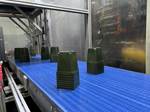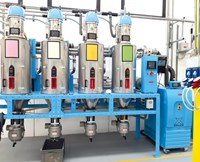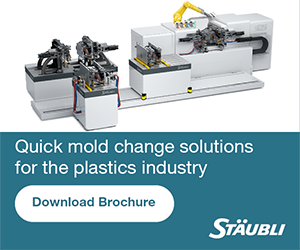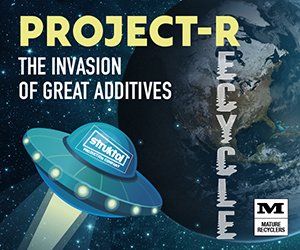PlastiComp Opens Dedicated Long Fiber Thermoplastic R&D Lab
To continue advancement of such composites, PlastiComp's R&D functions now in new lab.
Now a global leading supplier of long fiber thermoplastic (LFT) materials and technologies, PlastiComp, Inc., Winona, Minn., has just christened a new R&D laboratory dedicated to furthering the evolution of such thermoplastic composites.
The new Da Vinci R&D lab provides an isolated environment for the firm’s smaller long fiber composite pellet pultrusion line and auxiliary equipment for conducting evaluations of new raw material feedstocks and processing enhancements. “Our Da Vinci lab provides the ideal environment for PlastiComp to evaluate different fiber and polymer combinations as well as try out new processing techniques to assess their effect on material performance,” said president and CEO Steve Bowen.
In addition to custom engineering the performance of LFT materials to meet customer specific application requirements, PlastiComp also performs contract R&D work for industry suppliers and partners seeking to adapt LFT technology. The company’s Complet composite pellet products incorporate long glass, carbon, and specialty fibers into thermoplastic polymers ranging from PP to PEEK. The company’s core competency is tailored development and manufacturing of innovative LFTs using engineering resins, often in tandem with long carbon fiber reinforcement.
For more on PlastiComp’s long fiber thermoplastic compounds, see PT’s resin database.
Related Content
-
In Sustainable Packaging, the Word is ‘Monomaterial’
In both flexible and rigid packaging, the trend is to replace multimaterial laminates, coextrusions and “composites” with single-material structures, usually based on PE or PP. Nonpackaging applications are following suit.
-
ABC Technologies to Acquire Windsor Mold Group Technologies
The Tier One automotive supplier with compounding and blowmolding machine capabilities adds the 50-yr-old molder and moldmaker.
-
Best Methods of Molding Undercuts
Producing plastics parts with undercuts presents distinct challenges for molders.















